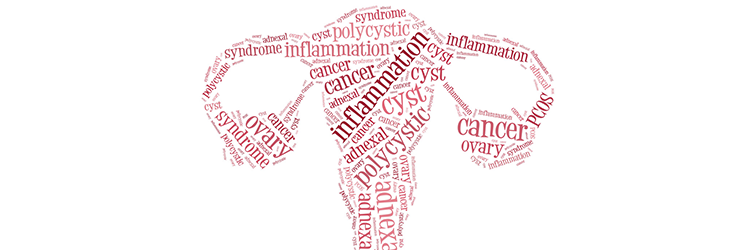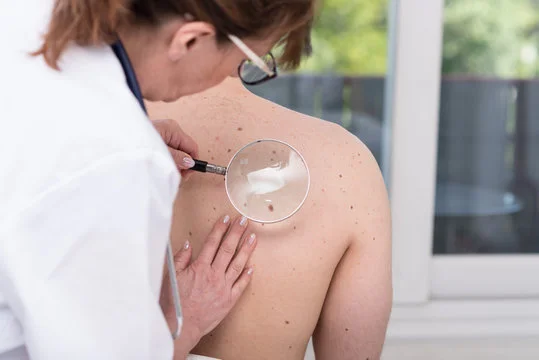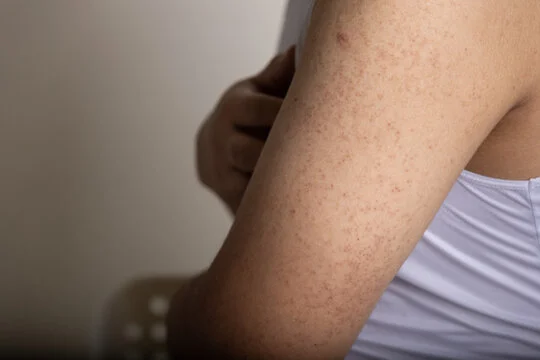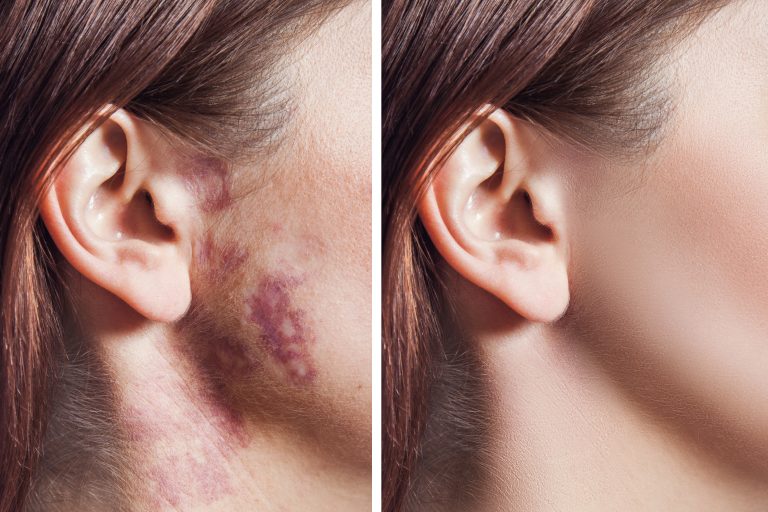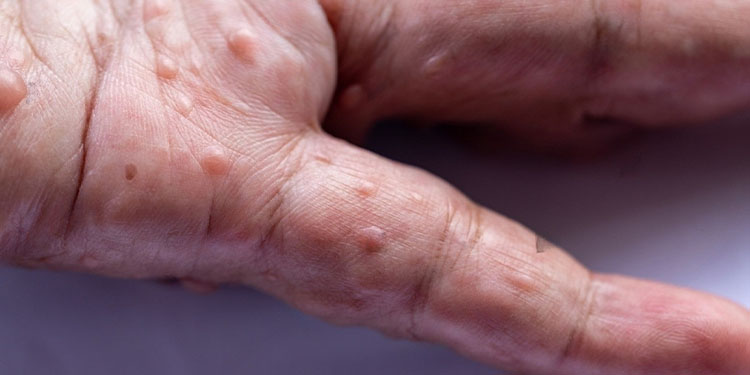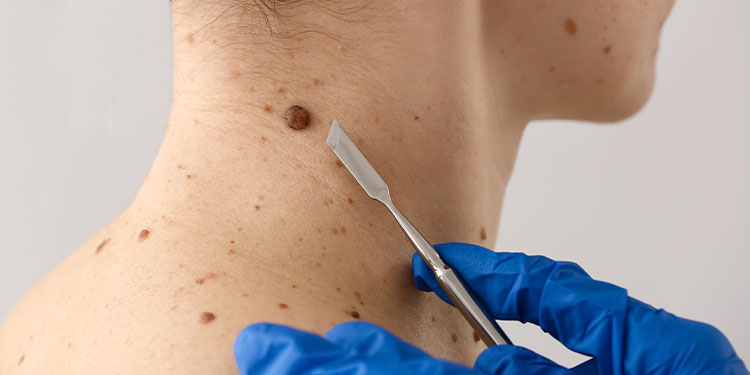
Effects of PCOS on skin and hair

Handling PCOS [3]
Now that you suspect you have PCOS, how do you go about getting it treated? Treatment should be planned as per the woman’s reproductive interests, specific goals, and symptoms developed. Depending on the severity of the condition, PCOS can be treated with medical means or through mechanical means. Medical process includes blocking or decreasing the hormone action, and mechanical processes include shaving and other such methods.
Medical means:

Decreasing action of testosterone by giving anti-androgens to the patient, sometimes in combination with oral contraceptives
Asking the patient to lose weight, so that SHBG can increase and insulin sensitivity can be improved.
Mechanical means:
- You may pluck unwanted hair, but only if it is very scarce. Plucking can sometimes result in scarring and folliculitis. So, it should be avoided
- Shaving is a cheap and simple way of removing unwanted hair
- Electrolysis, in which hair follicles are electro-coagulated may or may not give permanent results
- Laser therapy, which may sometimes result in thermal damage to the hair follicles
- Topical application of eflornithine hydrochloride 13.9% cream, which is quite effective in slowing down growth of unwanted hair.
- By getting PCOS treated, you will not only get rid of hormonal imbalances and ovulation problems, but you will also get back to your beautiful self. So, identify your symptoms, and get them treated most effectively.
References:
[1]. Polycystic Ovarian Syndrome: Diagnosis and Management. 2016.Polycystic Ovarian Syndrome: Diagnosis and Management. [ONLINE] Available at:http://www.ncbi.nlm.nih.gov/pmc/articles/PMC1069067/. [Accessed 19 January 2016].
[2]. Polycystic Ovary Syndrome (PCOS): Women’s Skincare: Skincare Advice: Cosmetics Cop Expert Advice . 2016.Polycystic Ovary Syndrome (PCOS): Women’s Skincare: Skincare Advice: Cosmetics Cop Expert Advice [ONLINE] Available at:http://www.paulaschoice.com/expert-advice/womens-skincare/_/polycystic-ovary-syndrome.. [Accessed 19 January 2016].
[3]. PubMed Central, Table 5: Clin Med Res. 2004 Feb; 2(1): 13–27. 2016.PubMed Central, Table 5: Clin Med Res. 2004 Feb; 2(1): 13–27. [ONLINE] Available at:http://www.ncbi.nlm.nih.gov/pmc/articles/PMC1069067/table/t5/. [Accessed 19 January 2016].

